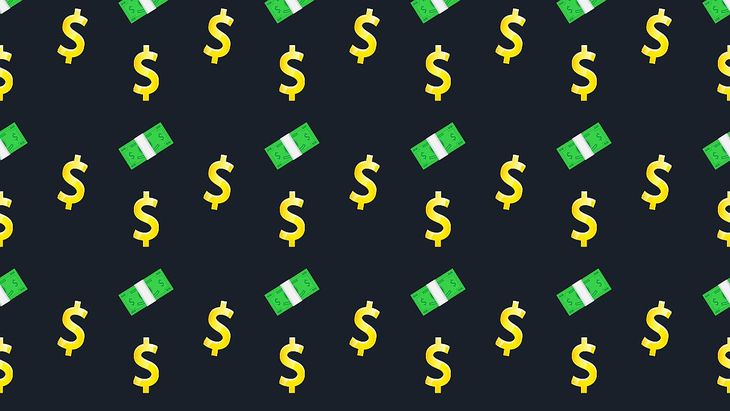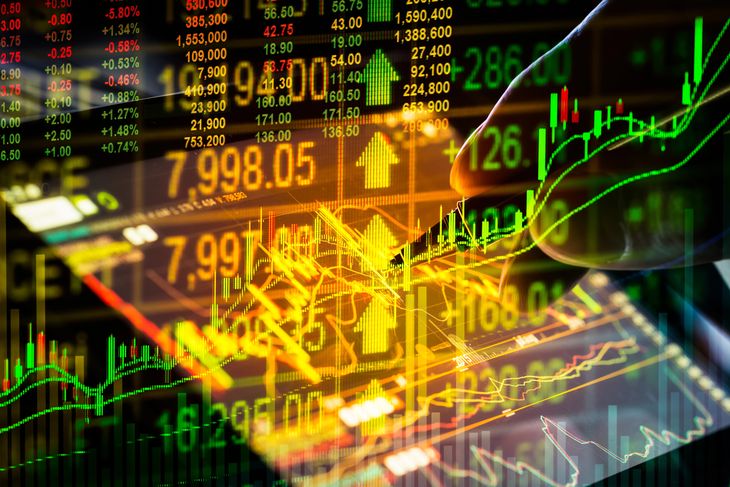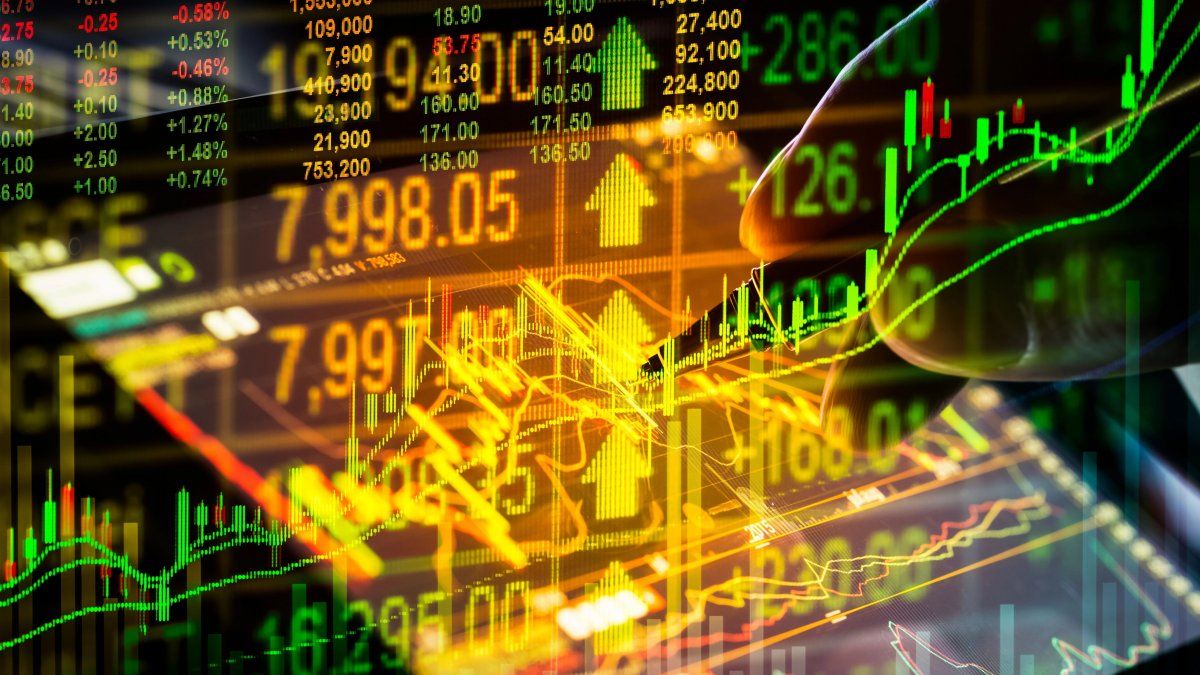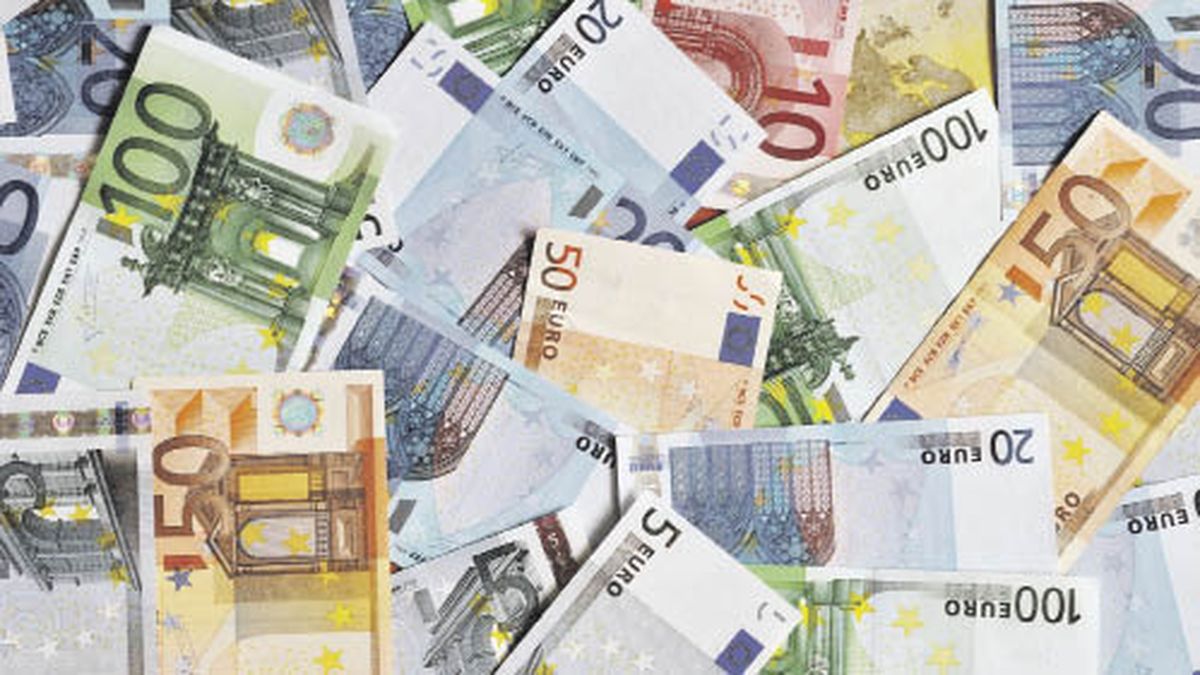The monetary and exchange rate policy of the Central Bank leads us to think that we are close to a new rate reduction in the economy. The implicit rate of the future dollar as an average of all open positions is located at 57.7% per year, which heralds a drop in the monetary policy rate, which today stands at 80% per year, and a fixed-term rate which is located at 70% annually, the price of which is freely obtained in the market.
A reduction in rates would help a lot to continue liquefying the remunerated monetary liabilities of the Central Bank. We should say that it is a priority since the devaluation of the peso is 2.0% per month, versus a monetary policy rate that runs at a speed of 6.67% per month.
The government does not show any concern about the price of the exchange rate, it is comfortable with a wholesale exchange rate of $862.75, if we apply the country tax of 17.5% to this value it gives us an import dollar of $1,013 .7 that if we compare it with a MEP dollar that is located at $996.3 and a CCL dollar that is located at $1,057, it shows us that the gap does not exist.
dollar blue finance investments live markets
Depositphotos
If we compare the wholesale dollar of $862.75 with the export dollar that is formed by combining 80% of this dollar and 20% of the CCL dollar, we arrive at a price of the export dollar of $901.6, in this case said value It is located below the MEP and CCL dollar. It will seem that there is room for them to continue downwards.
Currently we are in the corn harvest window, which has a withholding of 12%, the corn dollar is located at $793.4, this value arises from taking the exporting dollar and subtracting the withholdings. In this window we expect a harvest of 20 million tons, of which about 5.8 million tons could be exported between April and May.
The soybean harvest window will soon open, we consider that between the month of April and May about 5 million tons could be exported, which could be many more according to the decision-making process adopted by the rural man. The soybean dollar is located at $604 and this is what most affects the sale decision, since the gap against the importing dollar of $1,013.7 is very high. Let us remember that the soybean harvest could exceed 50 million tons, and there is very little merchandise committed to selling at present.
dollar investments pesos finances markets.jpg

Looking at the soybean and corn dollar, we could say that the sale of merchandise abroad would be greatly improved if the dollar were higher, but that is a decision that is not written in the official score. We’ll see what happens in the next rounds.
The reserves do not stop growing, they are currently located at US$ 28,763 million, we do not rule out that in the month of April they will comfortably exceed US$ 30,000 million, taking into account that there is an amortization payment to the IMF that would be around the US$ 1,923 million.
For the month of April we hope that Congress will approve the first fundamental laws for the government’s economic plan, which in this way can unlock international credits that shore up reserves, and enable greater deregulation of the economy, the arrival of money laundering could boost investment.
Depositphotos_133651846_XL.jpg

Conclusions
. – If we look at the price of sovereign bonds, the AL29 is located at US$ 58.50 and AL30 at US$ 56.90 with annual return rates of 22.8% and 21.8%. If both securities exceed the barrier of US$60, Argentina could be encouraged to carry out a settlement operation against the delivery of bonds as collateral, this could be very good for reserves.
. – The government has 3 major pending problems, the energy debt, imports and remunerated repos from the Central Bank. This is a sword of Damocles on the government. While he studies how to solve these problems, he would be achieving 3 consecutive months of fiscal surplus, declining inflation and rising reserves, which would generate a better climate for the markets.
. – The bonds issued by the Central Bank such as Bopreal 1 and 2 left enormous profits for those who acquired them when they reached the market. Currently, the Bopreal 3 bond listed under the acronym BPY26 is trading at US$81.30, matures on May 31, 2026 and has a return rate of 17.5% annually. It is a higher rate than the AL35 sovereign bond, which is worth US$ 47.70 and has a return rate of 16.5% per year. It also comfortably exceeds the yields of Negotiable Obligations, which in most cases are in single digits.
. – It is highly probable that the government will lower the monetary policy rate from 80% to 70% annually. If this happens, the main beneficiaries will be bonds in pesos adjusted for inflation, since it improves the opportunity cost of investing in these securities, since that inflation remains high, and the rate is on a downward path.
. – The government is not planning to change its exchange rate policy, so we do not see an increase in the wholesale dollar on the horizon; alternative dollars continue to be offered and over time they lose purchasing power. It would be healthier to move from liquid dollars to other assets, but in Argentina the love for the dollar conquers everything, dollars are saved despite losing money.
. – In the last 12 months, the wholesale dollar increased 310.3%, inflation (speculating that in March inflation was 10%) would be 284.2% annually, and the CCL dollar rose 167.1% annual. Clearly the dollar bill was the biggest loser, compared to many other investment alternatives.
. – The government does not devalue, no matter how much liters of ink are spilled saying that Argentina is expensive in dollars or the exchange rate is behind. The country could soon improve its rating, and the agreement with the IMF is closer than many believe. The scenario is the best for the capital market.
Financial analyst
Source: Ambito
I am a 24-year-old writer and journalist who has been working in the news industry for the past two years. I write primarily about market news, so if you’re looking for insights into what’s going on in the stock market or economic indicators, you’ve come to the right place. I also dabble in writing articles on lifestyle trends and pop culture news.




